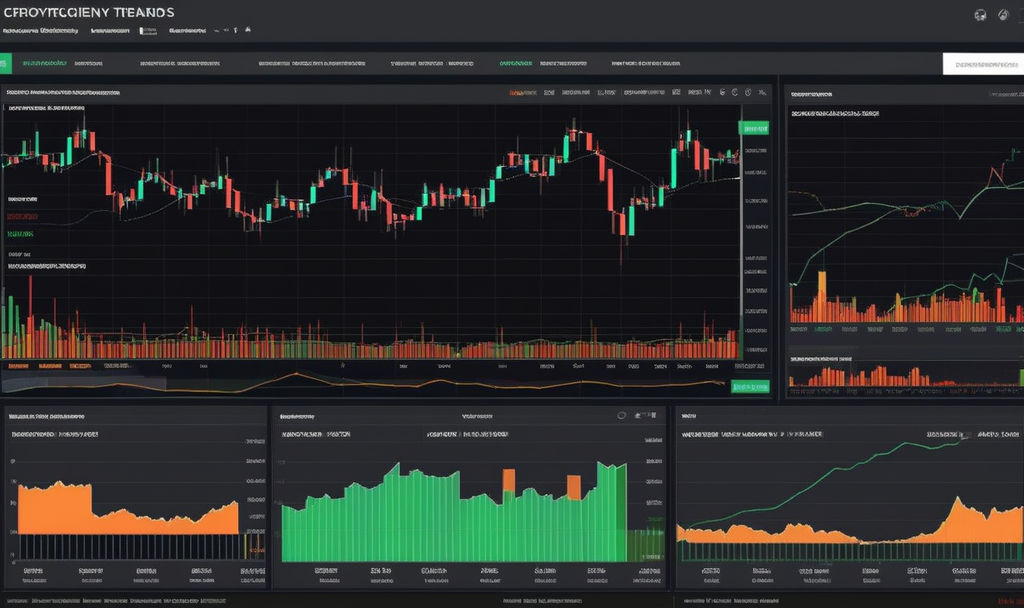Introduction:
In the fast-paced world of cryptocurrency trading, making informed decisions is crucial. Technical analysis plays a vital role in understanding market trends, and one effective way to validate trading strategies is through backtesting. In this blog post, we will delve into the significance of backtesting strategies for technical analysis in the realm of cryptocurrency trading.
Understanding Backtesting:
Backtesting involves applying a trading strategy to historical market data to evaluate its performance. It allows traders and investors to assess the viability and effectiveness of their strategies before risking real capital. While it’s not a crystal ball predicting future outcomes, backtesting provides valuable insights into how a strategy would have performed in the past.
Choosing the Right Data:
The quality of the backtesting results heavily depends on the historical data used. Ensure that the data includes various market conditions, including bull and bear markets, high volatility, and different economic events. Cryptocurrency markets are known for their dynamic nature, so having a diverse dataset is essential for robust backtesting.
Avoiding Overfitting:
Overfitting occurs when a trading strategy is tailored too closely to historical data, capturing noise rather than genuine trends. To prevent this, use out-of-sample data for validation. This ensures that the strategy has not simply memorized past market movements but can adapt to new, unseen data.
Implementing a Systematic Approach:
A systematic approach to backtesting involves defining clear entry and exit criteria, risk management rules, and position sizing. This helps maintain consistency in strategy execution and enables objective evaluation. Without a systematic approach, backtesting results may be inconsistent and unreliable.
Optimizing Parameters:
Many trading strategies involve parameters that can be adjusted, such as moving averages, RSI periods, or MACD settings. While optimizing these parameters can enhance performance, it’s crucial to strike a balance. Over-optimization can lead to curve-fitting, where the strategy fits the historical data too closely but fails to generalize well to new market conditions.
Common backtesting pitfalls:
Despite its benefits, backtesting has its limitations. It assumes that historical market conditions will repeat, which may not always be the case in the volatile cryptocurrency market. Additionally, transaction costs, slippage, and liquidity issues are often neglected in backtesting but can significantly impact real-world trading results.
Benefits of backtesting strategies:
- Objective Evaluation: Backtesting provides a quantitative basis for evaluating the performance of a trading strategy, removing subjective biases from the analysis.
- Risk Mitigation: By testing strategies in a risk-free environment, traders can identify potential pitfalls and refine their approach before exposing capital.
- Performance Assessment: Backtesting allows traders to gauge how a strategy would have performed during different market conditions, helping set realistic expectations.
- Iterative Improvement: Regularly backtesting and analyzing results allows traders to iterate and improve their strategies over time, adapting to changing market dynamics.
If you have any question about this article, please contact us …
You can easily create a free cryptocurrency wallet with binance …
Conclusion:
In the ever-evolving landscape of cryptocurrency trading, backtesting strategies emerge as a powerful tool for informed decision-making. By understanding its significance, avoiding common pitfalls, and adopting a systematic approach, traders can leverage backtesting to enhance their technical analysis capabilities. Remember, while past performance is not indicative of future results, backtesting remains an invaluable step towards building robust and effective trading strategies in the cryptocurrency market.

